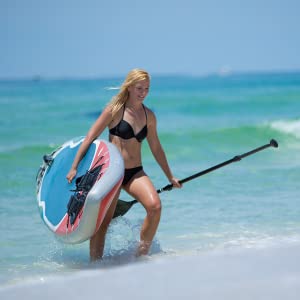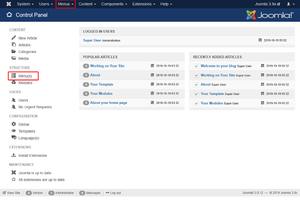
Stand up paddleboarding (SUP) offers a great method to play on the water, with the additional advantage of a full-body exercise. Furthermore, since you remain at full stature on your load up, it gives you an exceptional vantage point for reviewing what’s down under the water and out on the horizon. Before you head out on the water interestingly, it’s useful to know how to paddleboard and what stuff to bring. stand up paddle board sales s are most likely to get in online stores.
Basic SUP Paddling Techniques

Practice this method for holding up:
- Remain close to the board with regards to knee-profound water (sufficiently profound that the balances on the board don’t arrive in a desperate predicament).
- Hold the board by the edges and work your direction onto the board in a bowing position, simply behind the middle mark of the board (you can rapidly find the focal point of the board by discovering the convey handle).
- Keep your hands on the sides of the load up to settle it and move each foot, in turn, to put your feet where your knees were.
- Maybe then standing up in one movement, start by raising your chest up while keeping your knees bowed. When your chest is vertical, stretch out your legs to hold up.
Staying Balanced on a SUP :
Position your feet so they are equal, about hip-width distance separated, and focused between the edges of the board. Keep your toes pointed forward, knees marginally twisted and your back straight. Keep your head and shoulders consistent and upstanding, and shift your weight by moving your hips. Your look ought to be level at the skyline. Try not to gaze at your feet.
Falling and Getting Back On :
In spite of your earnest attempts to remain adjusted on your board, you will fall in the water sooner or later. Indeed, even experienced paddlers set aside all in from effort to time, so in case you’re feeling somewhat shaky, don’t stress over it and recollect that SUP is a watersport, so it’s alright to get wet.
For those inescapable occasions when you lose your equilibrium:
- Point yourself aside, with the goal that you fall into the water and not onto the board. Falling onto the board is bound to cause a physical issue.
- Attempt to cling to your oar while falling. On the off chance that you get isolated from it, recover your board first and get back on, then, at that point paddle with your hands to get the oar.
To get back on your SUP subsequent to tumbling off:
- Position yourself close to your board and close to the middle.
- Snatch the handle at the focal point of the board with one hand.
- Allow your legs to glide up to the surface behind you, then, at that point kick your legs while pulling on the handle to slide yourself onto the board.
How to Hold a SUP Paddle :
It’s genuinely not unexpected to see novice paddlers holding their SUP paddles the incorrect way. To try not to mess up the same way, here are two things to realize while snatching your oar:
- The edge should point forward from the shaft, close to the nose of the board.
- At the point when you’re rowing on the right half of your board, your left hand will be on the T-hold and your right hand a couple of feet down on the shaft. At the point when you switch sides, invert your hand positions.


